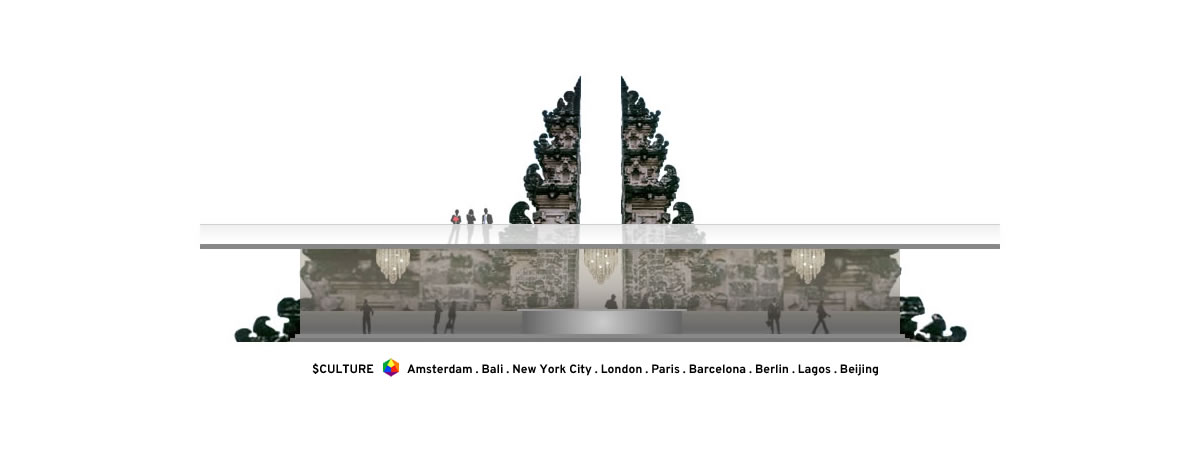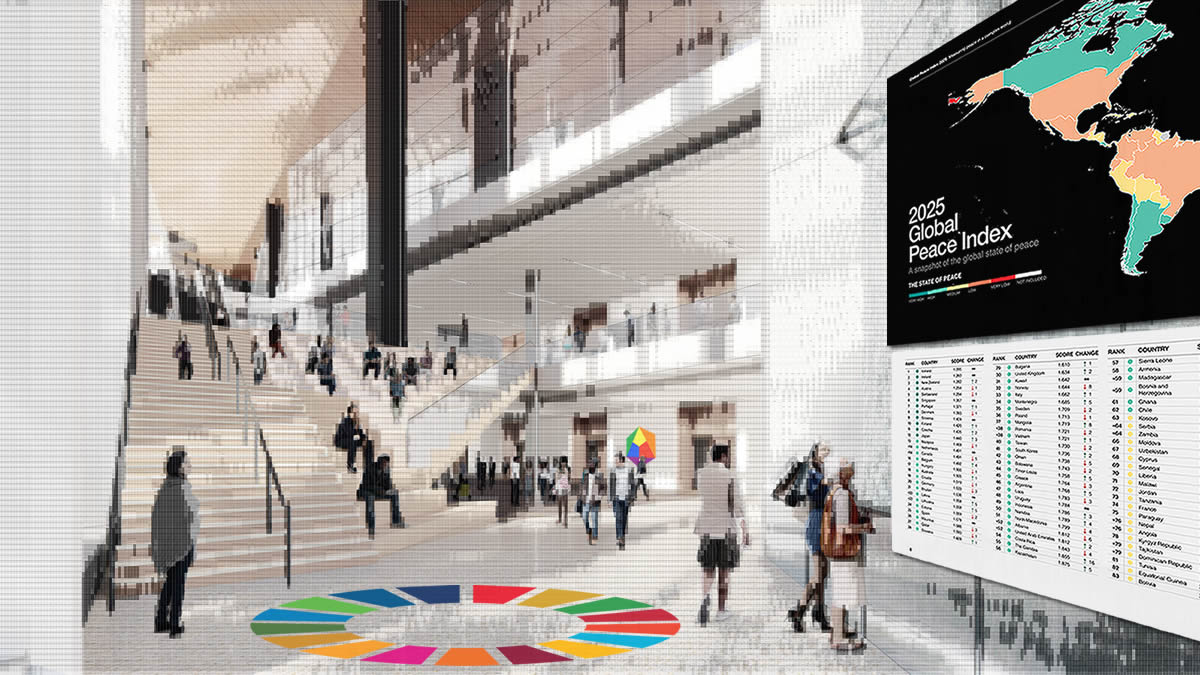
About RYB Global Development
Where Culture Meets Global Impact
RYB
We are building an international network of inspiring spaces where global development meets the creative industries. A place where expats, students, world travelers, and professionals in fashion, art, design, new media, web3, and peacebuilding come together — both online and in real life.
Our mission
Bring citizens and organizations under one roof to accelerate international collaboration on sustainability, innovation, and the UN Sustainable Development Goals.
Connect knowledge to creativity.
Transform inspiration into action.
Our spaces
Each RYB location includes:
- A café & restaurant — fueling connection
- An art gallery — showcasing innovation
- A design showroom — presenting circular and creative solutions
Every space also functions as a hub for global development organizations. We map and present all NGOs active in each country — online and on-site — with free access to our meeting spaces for networking and collaboration. Visitors simply enjoy a drink or meal while exploring new ideas.
This is how we build bridges between global development, the creative economy, and the art world — worldwide.
Our Focus Areas
To launch the network, we highlight three major themes that show how culture can drive positive change:
1. Global Development
Data visualizations, digital maps, and the latest insights reveal how the world is changing — and where help is needed most.
Slogan: See the world. Change the world.
2. Crypto Industries
A clear overview of blockchain development per country — history, adoption, legislation, leading innovators, and the next wave of the global economy.
Slogan: The next global economy starts here.
3. Women’s Right to Vote
A global presentation of voting rights timelines, gender equality, and progress on SDG 5 and SDG 16 — inspiring respect for past achievements and urgency for future change.
Slogan: A map of rights. A roadmap for change.
Powered by Culture
Our network and platform are fueled by the $CULTURE token — designed to support peace-building creativity and global sustainability.
› more
Join us as we create a new international ecosystem where:
- purpose meets business
- culture drives change
- ideas become global impact
RYB Global Development
Global minds, creative solutions


